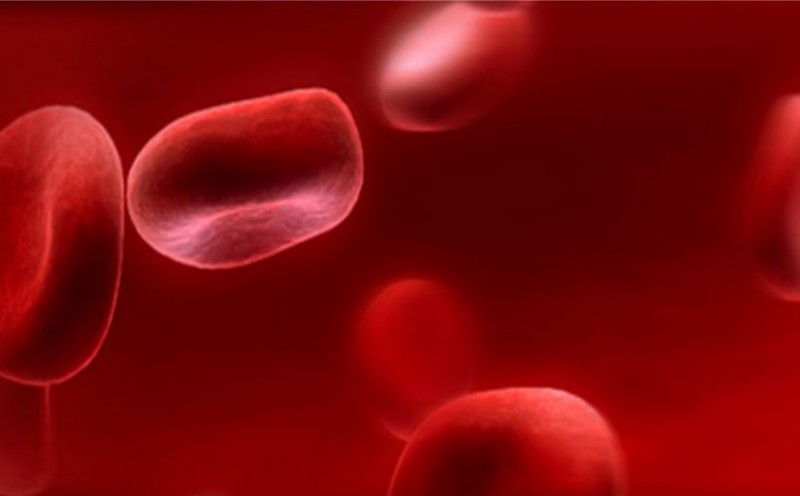
In the realm of medical mysteries, rare hematological disorders stand as enigmatic puzzles that challenge medical professionals and researchers alike. This article delves into the intricate world of three such disorders: Paroxysmal Nocturnal Hemoglobinuria (PNH), Essential Thrombocythemia, and Hemophagocytic Lymphohistiocytosis (HLH). From their origins to diagnostic methods and treatment options, we navigate through the complexity of these disorders to provide a comprehensive understanding.
Rare hematological disorders present a unique challenge in the medical landscape due to their infrequent occurrence and complex nature. This article delves into the realm of three such disorders: Paroxysmal Nocturnal Hemoglobinuria (PNH), Essential Thrombocythemia, and Hemophagocytic Lymphohistiocytosis (HLH). We explore their characteristics, causes, symptoms, diagnostic methods, and potential treatment options.
Paroxysmal Nocturnal Hemoglobinuria (PNH)
- Understanding PNH
Paroxysmal Nocturnal Hemoglobinuria, commonly referred to as PNH, is an acquired hematopoietic stem cell disorder characterized by the deficiency of specific proteins on the surface of red blood cells. This deficiency results in increased susceptibility to complement-mediated hemolysis, leading to the release of hemoglobin into the bloodstream.
- Pathophysiology
The underlying cause of PNH is linked to mutations in the PIGA gene, which is crucial for the production of proteins that anchor protective molecules to cell membranes. As a consequence, affected individuals experience chronic hemolysis, resulting in a range of symptoms such as anemia, fatigue, and dark urine.
- Symptoms and Diagnosis
PNH's symptoms can vary, ranging from mild to severe, and may include fatigue, abdominal pain, shortness of breath, and blood in urine. Diagnosis often involves flow cytometry testing to detect the presence of abnormal blood cells lacking certain proteins.
- Treatment Approaches
Recent advancements in treatment have significantly improved the prognosis for PNH patients. Therapies like complement inhibitors and bone marrow transplantation offer hope for managing the disorder and enhancing patients' quality of life.
Essential Thrombocythemia
- Deciphering Essential Thrombocythemia
Essential Thrombocythemia is a rare disorder characterized by the overproduction of platelets in the bone marrow, leading to an increased risk of blood clotting.
- Causes and Mechanisms
The exact cause of Essential Thrombocythemia is still under investigation, although mutations in genes such as JAK2 and CALR have been implicated. These mutations drive the uncontrolled growth of platelet-producing cells.
- Recognizing Symptoms
Patients with Essential Thrombocythemia may experience symptoms like headaches, dizziness, and numbness in the extremities due to increased blood clotting. In some cases, it can progress to more severe conditions such as stroke or heart attack.
- Diagnosis and Management
Diagnosis involves blood tests to assess platelet counts and the presence of gene mutations. Management strategies include blood-thinning medications and lifestyle modifications to minimize the risk of clot formation.
Hemophagocytic Lymphohistiocytosis (HLH)
- Unmasking HLH
Hemophagocytic Lymphohistiocytosis, or HLH, is a life-threatening disorder characterized by an overactive immune response that damages tissues and organs. It can be genetic (primary HLH) or secondary, triggered by infections, autoimmune disorders, or malignancies.
- Underlying Triggers
Primary HLH is often caused by mutations in genes responsible for immune regulation. Secondary HLH can result from infections such as Epstein-Barr virus or systemic inflammatory conditions.
- Clinical Presentation
HLH's symptoms can be nonspecific, including fever, enlarged spleen, liver dysfunction, and neurologic abnormalities. Timely diagnosis is crucial, as the disorder can progress rapidly.
- Diagnostic Techniques
Diagnosing HLH requires a combination of clinical evaluations, blood tests, and imaging. Bone marrow biopsies and genetic testing can help differentiate between primary and secondary forms.
- Treatment Strategies
Prompt treatment is essential to manage HLH effectively. Therapies aim to suppress the hyperactive immune response and treat the underlying trigger. Chemotherapy, immune-modulating drugs, and stem cell transplantation may be employed.
Uniting Threads and Unveiling Hope
While PNH, Essential Thrombocythemia, and HLH are distinct disorders, they share the common theme of disrupting the delicate balance of the hematopoietic system. Advances in medical research and treatment offer hope for patients afflicted by these rare disorders, enabling better management and improved quality of life.
Rare hematological disorders like PNH, Essential Thrombocythemia, and HLH present complex challenges, both for medical professionals and patients. As our understanding of these disorders deepens, so does our ability to provide targeted therapies and interventions. Through ongoing research and collaboration, the medical community strives to unravel the mysteries surrounding these rare conditions and provide effective solutions for those affected.
Active Desk Job: Tips to Stay Fit and Energized